A while back, I reviewed a solar-powered rain sensor labelled as model Tuya RB-SRAIN01. It’s a simple rain detector that can trigger automations whenever it starts raining. It operates well in my Zigbee mesh network (heavily routed and solidified), but some users report communication issues, given the remote installation nature of the device.
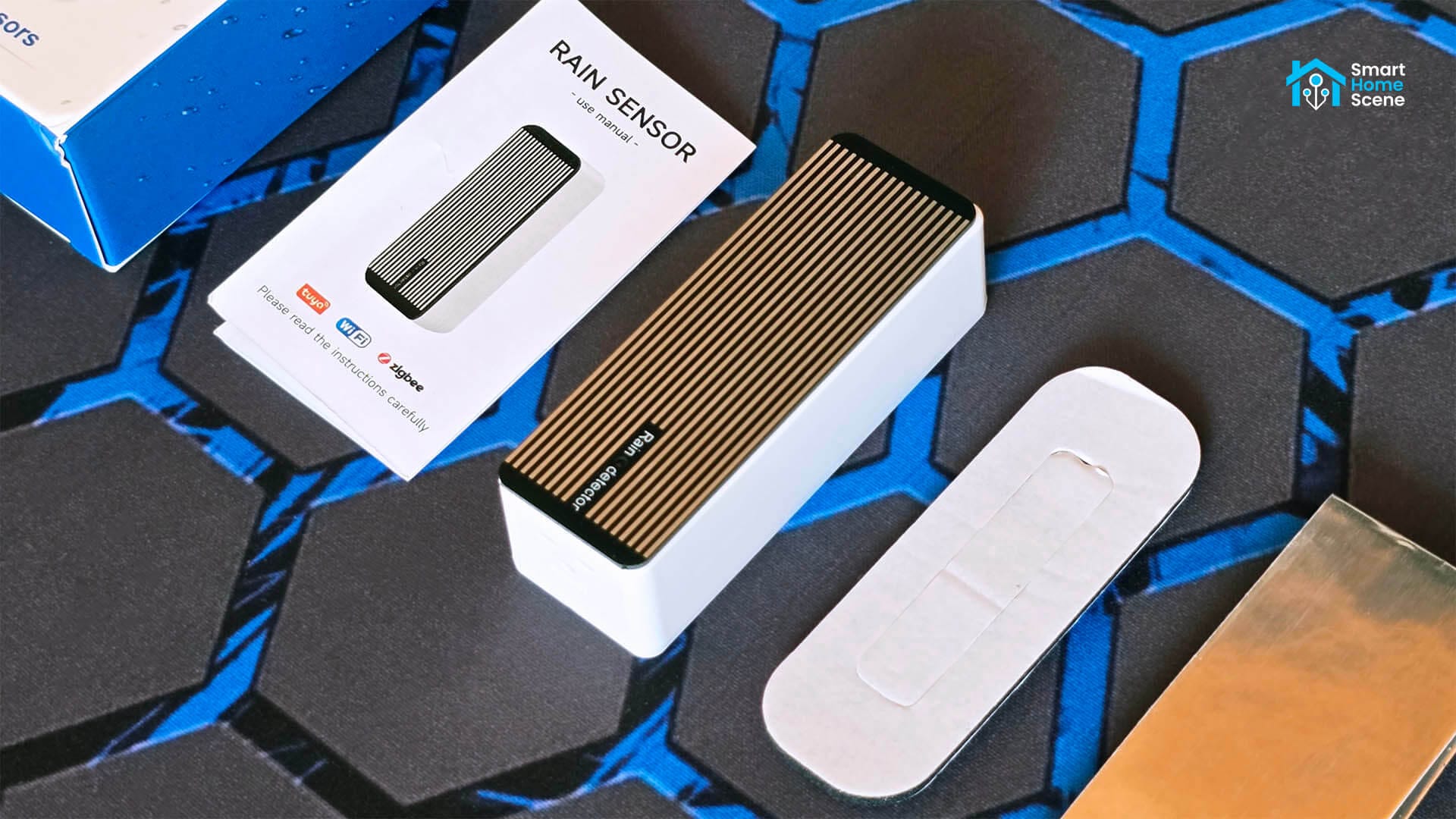
In this article, I’m sharing a quick review of a non-waterproof rain sensor from the Tuya ecosystem. Yes, that’s not a mistake. A non-waterproof rain sensor. As it’s a fairly cheap device, I was very curious in finding out how a rain sensor can be a non-waterproof device. I got it off AliExpress for less than $10, but it’s also listed on Amazon US and Amazon DE.
What’s inside this Tuya rain sensor?
This Tuya rain sensor arrived in a small box, containing the device itself, a user manual, a sticker for installation and a strip of waterproofing tape. Yes, that’s right. A strip of waterproofing tape for making this rain sensor waterproof and protecting it from the elements. I mean, you have to appreciate the aftersales support effort.
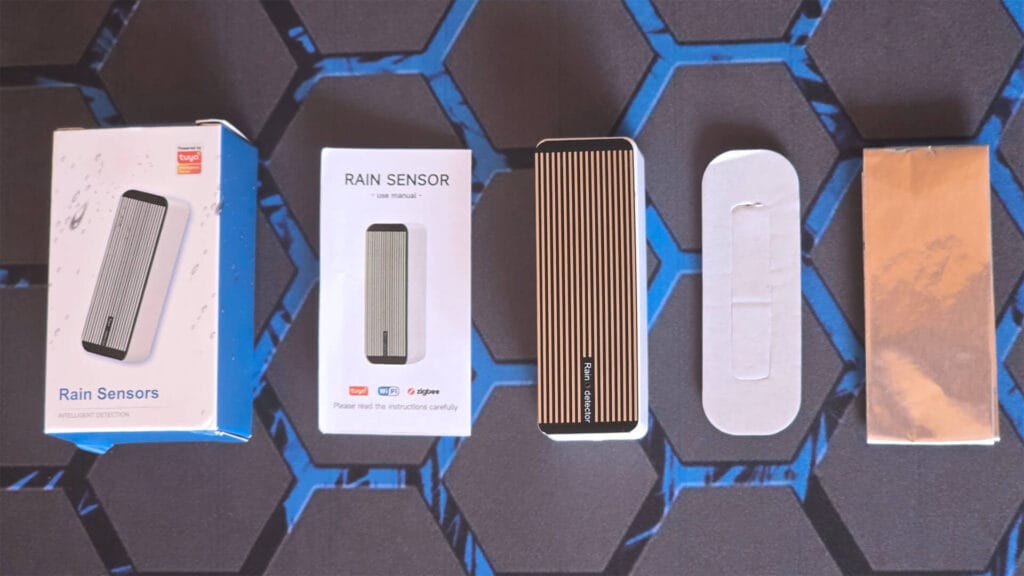
The device is powered by a set of AAA batteries, which are installed on the back. These can power the device for up to a year, per the manufacturer. As one would expect, there is no waterproof seal around the edge to keep them dry. I mean, why would you need one in a rain sensor?
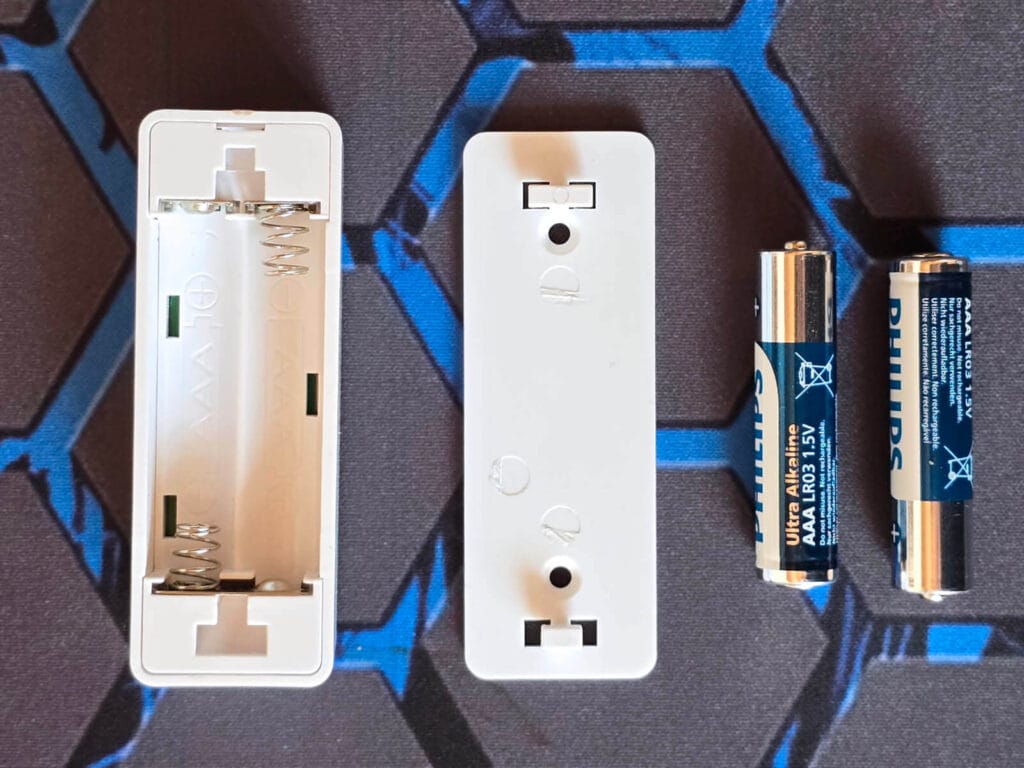
Before I even dismantled the device, I made a bet with myself that I’d find a Tuya ZTU [Datasheet] module inside. This is by no means a bad thing, as I have found the Tuya ZTU is a superb Zigbee communicator. It’s found a range of Tuya Zigbee devices, like this Tuya LD2410 mmWave Radar Presence Sensor. I fully expect this device to communicate well with my Zigbee coordinator.
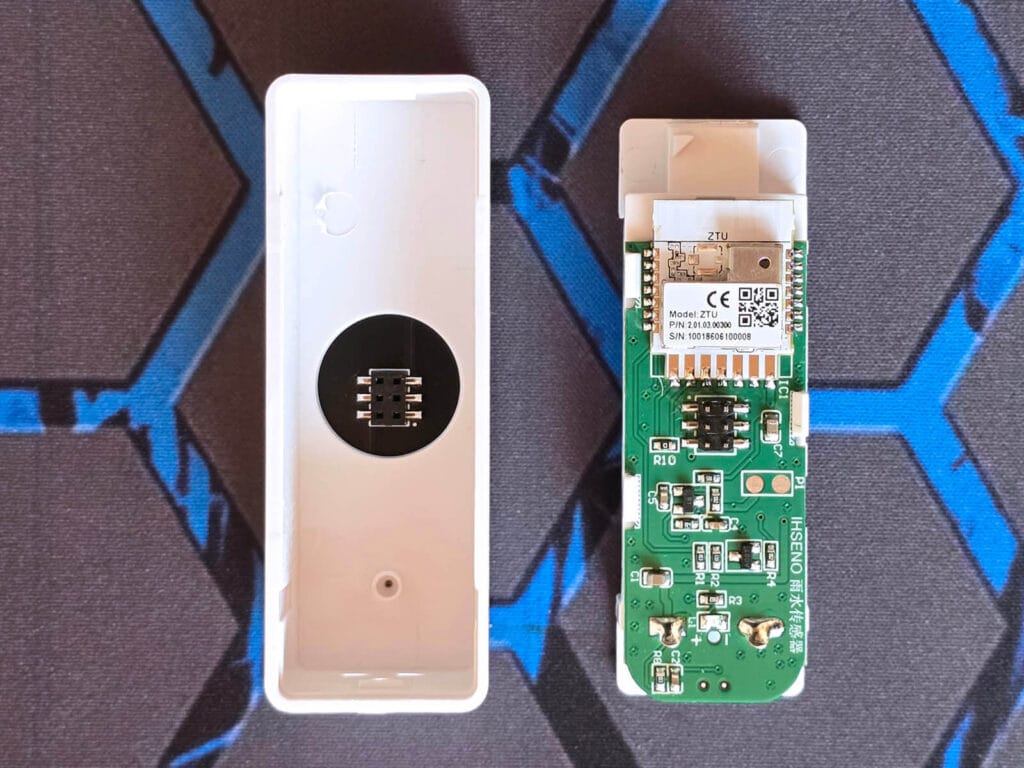
What’s interesting is that, setting the waterproofing aside, the device actually feels well made. The PCB is clean, tidy, and laid out professionally. It could have been a nice little rain detector, if only someone had realized that a rain sensor, perhaps, ought to be waterproof.
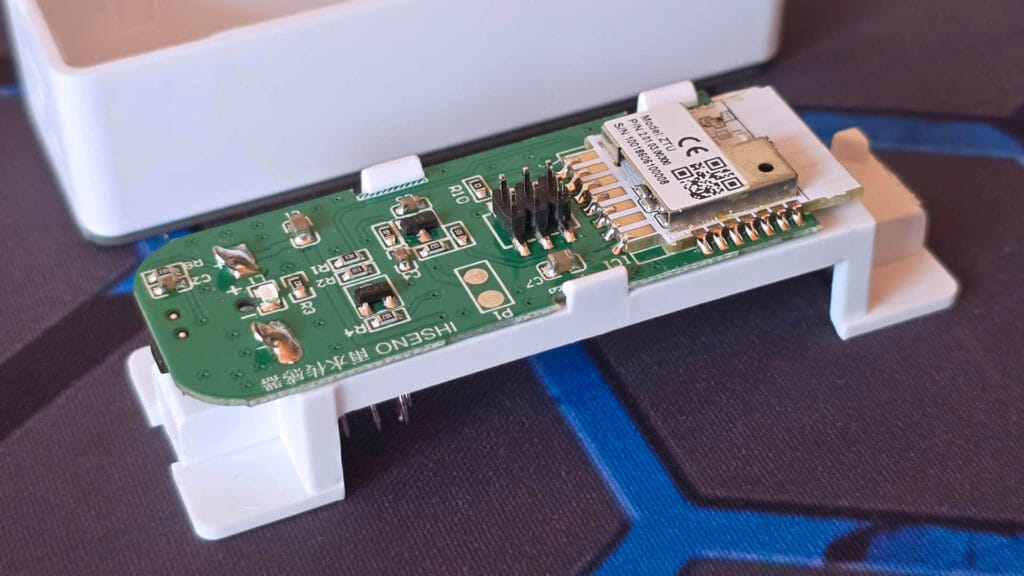
Home Assistant Integration
This device has a unique identifier model TS0207 and manufacturer _TZ3000_otwpdq1d. To pair it to your coordinator, simply press the button with the pin for 5 seconds until the LED starts blinking. Once paired to Zigbee2MQTT, it is identified as water leak sensor instead of a rain sensor. It recycles an external converter from another device with the same identifier and clusters, which is why it is identified as it is.
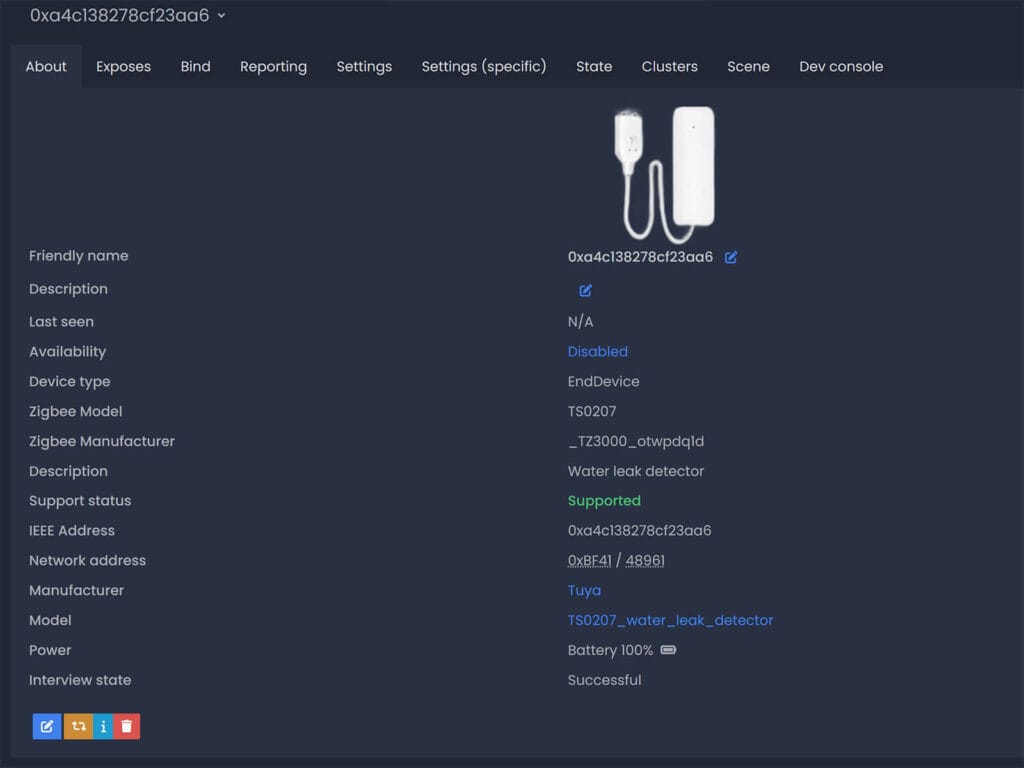
It exposes a typical set of entities for a water leak sensor in Zigbee2MQTT. It can tell you if there’s a water leak (or whether it’s raining in this case), it reports the battery, has a tamper alarm and a binary low battery alarm. From a Zigbee communication perspective, the device operates and reports state without any issues.
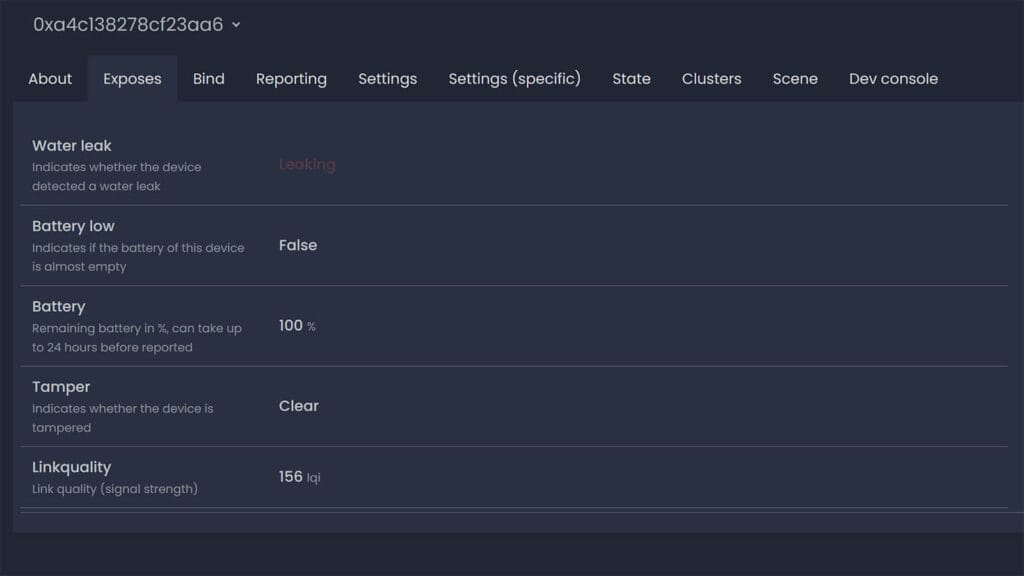
Once paired to my ZHA testing network, the device is also identified as a water leak sensor with the same identifier. No custom quirk is applied (or needed), as the binary water leak sensor is a standard cluster which is added automatically. Just like in Zigbee2MQTT, the device is correctly set as an EndDevice as it operates on batteries and is not a router.
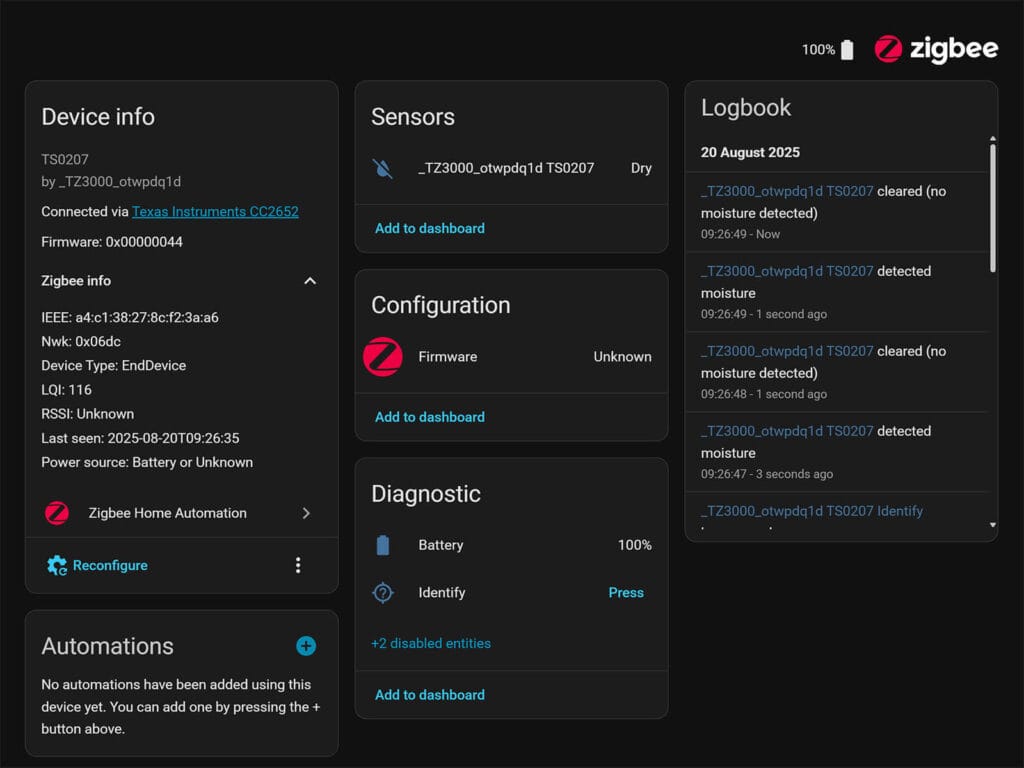
Making it waterproof
What’s really funny is that the box includes waterproof tape for rain protection. If turning this into a waterproof device relies on tape, the chances are practically zero. You might have slightly better luck with a hot glue gun or some epoxy, but honestly, this device isn’t worth that kind of effort.
In any case, I decided to give the waterproof strip a chance. Here’s what I got:
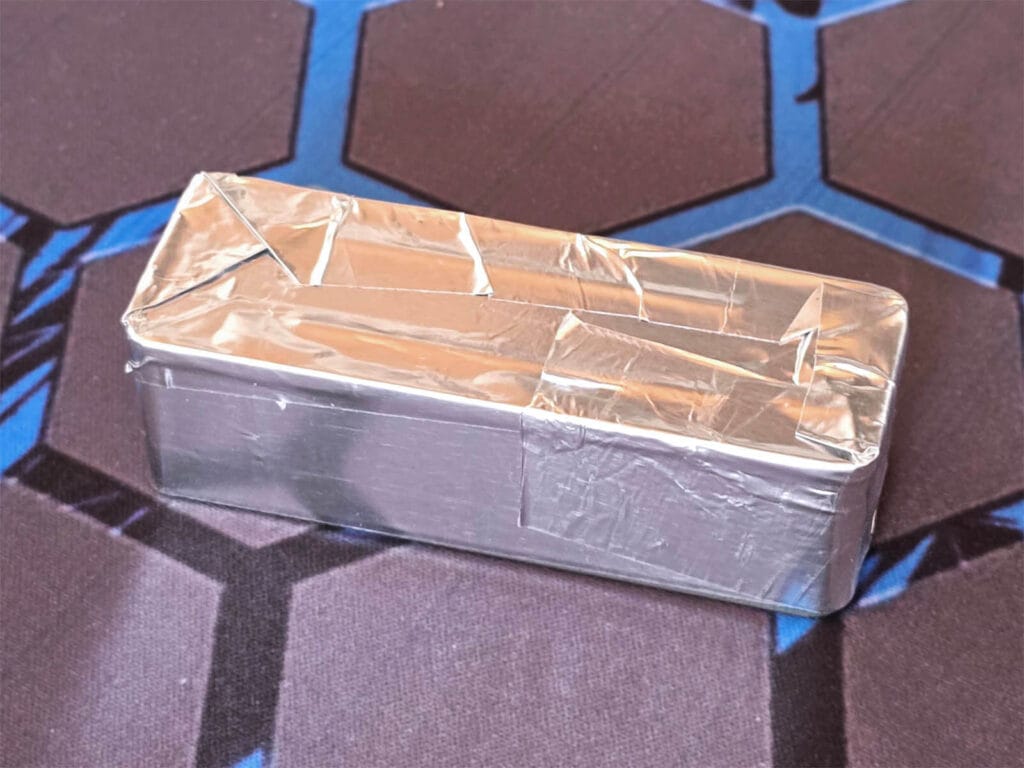
After I wrapped it with tape like a half-baked science project, I tested the Zigbee range to see if the tape interfered with communication. All was well, there were no issues and it reported the same LQI in Zigbee2MQTT. That was it, this device went straight to the bin.
Final Thoughts
From a Zigbee perspective, the device operates well. There were no pairing issues or connectivity drops in both of my testing instances with ZHA and Zigbee2MQTT. The sensor plate reports state instantly, even with a small drop of water dropped on its surface. As a binary “is it raining?” sensor, this is all you actually need. That’s about the only good thing about this device.
The fact that this sensor isn’t waterproof is just ridiculous. I get that it’s made by some generic, no-name Chinese brand running a Tuya chip, but still—how anyone thought this was a finished, market-ready product is beyond me. A non-waterproof rain sensor is ironic at best and comedy gold at worst. In the end, it’s simple: do not buy this device.
With that said, I noticed a whole lot of Zigbee rain sensors popping up on AliExpress lately. I have a few more incoming that I will be reviewing in the following months. These have good reviews, but I have not tested them personally. Buy at your own risk.
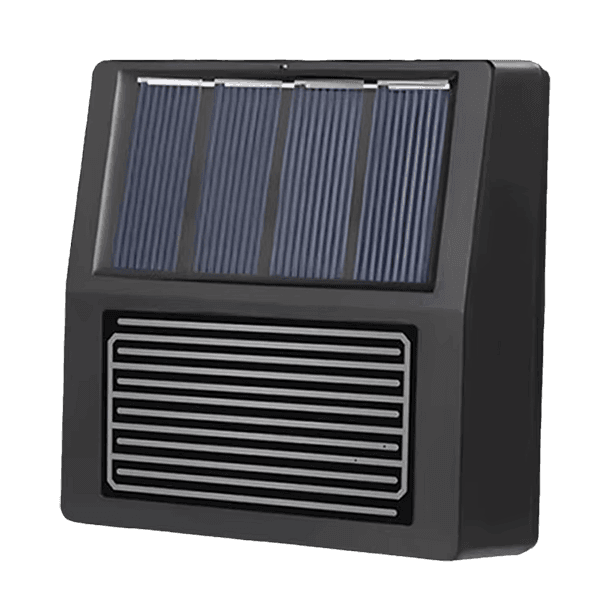
- Tuya Solar IP65
- Zigbee 3.0
- IP65 rating
- Solar-powered
- 1x1200mAh
- AliExpress
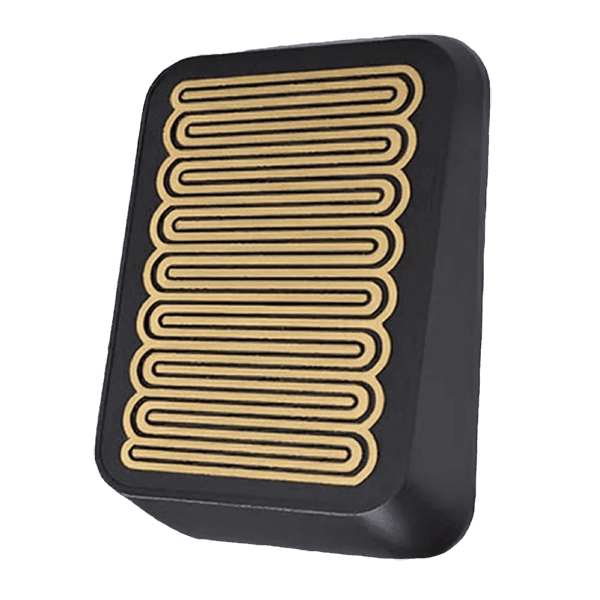
- eWeLink MS1
- Zigbee 3.0
- IP65 rating
- UV coating
- 2xAA
- AliExpress
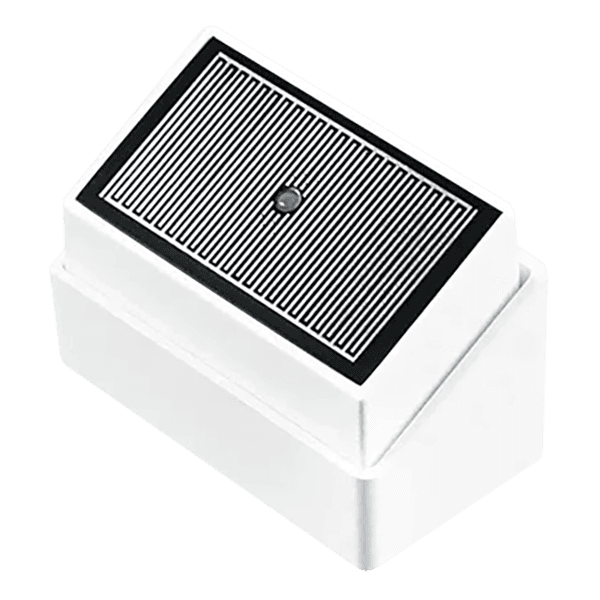
- Tuya ZG-223Z
- Zigbee 3.0
- IPX4 rating
- Light sensor
- 1xCR123A
- AliExpress
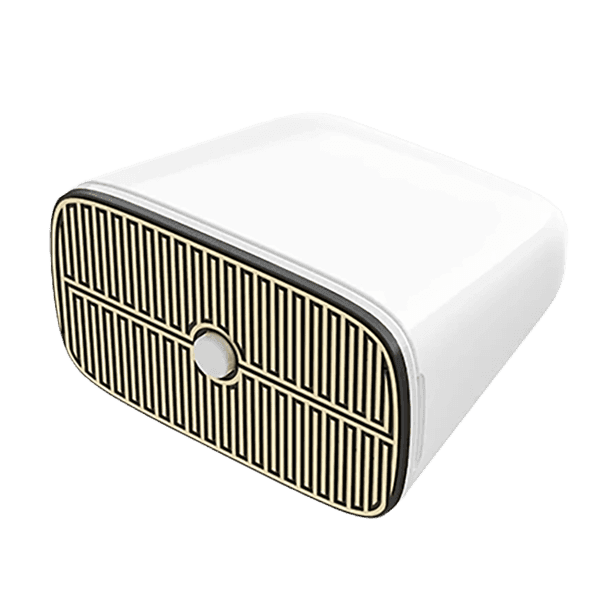
- Tuya SJ100
- Zigbee 3.0
- IP67 rating
- UV coating
- 1xCR2450
- AliExpress
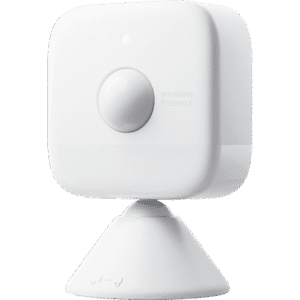
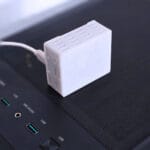
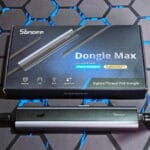
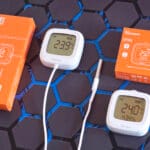
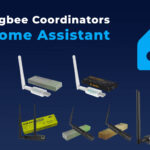

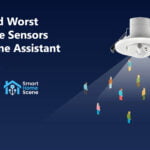

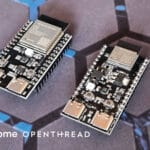
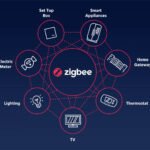
I really like this zigbee rain sensor. It’s very pretty 😉
https://www.aliexpress.us/item/3256807268719471.html
Reviewed and tested it:
https://smarthomescene.com/reviews/tuya-zigbee-solar-rain-sensor-rb-srain01-review/
I’m wondering, if one drip triggers it. Is it really usefull? Are there others that are better at informing of how hard it rains?
Waiting on those 4 you listed for a review, so I know which one to purchase.
Also, I would like to know the practical benefits of mmwave sensors above 24G as I have seen 60, 79, 77, 80 or 90 or so. I got a restroom with no AC sockets in front of me, so I used the battery powered mmwave you have reviewed, but does not work reliably. It turns off if I am being very study. i know some mmwave sensors even measure heart rate in a distance at around 1.5 meters but have not found review in English.
How would you feel about reviewing this unit: https://www.aliexpress.com/item/1005008083283257.html
I just bought 2 rain sensors 2 weeks ago.
The Tuya Solar one in the manual says IP rating is IP56 not IP65, there is no safety/seal but the back cover is quite tight, the back hole where the nail is attached has a hole in it, LOL. Be careful not to open it often because the screw thread on the inside is easy to rip/crack.
Meanwhile, the eWeLink is not WS01 but MS01, there is no IP rating listed but it has rubber around the cover and the quality is better. Both are detected as other devices (water leak sensor) but that’s normal.
Tuya ZG-223Z
Its kinda misleading to put Tuya in the name when the link you gave specifically says it does not support Tuya, and only supports ZB2MQTT, no ZHA
The Tuya version is here btw:
https://www.aliexpress.com/item/1005009307001463.html
Then there is also this
https://www.aliexpress.com/item/1005009589300217.html
Both have a cheaper version that doesn’t support Tuya, only supporting ZB2MQTT, and a more expensive version that does support Tuya. Both also explicitly mention no ZHA support either.
Is it just software/firmware level thing that doesn’t pay Tuya fees, or do they use different internals.
If you plan to review either, or similar devices that have both Tuya and non Tuya versions which is also getting more common lately, I hope you get both to checkout the differences.
If I cared about Tuya’s ecosystem (Tuya app, Smart Life app), I would have clarified this from the start.
But I don’t, I never will and neither should you or anyone else. For this site, all that matters is if the device works locally in Home Assistant, that’s it.
Also, the device not working with ZHA is not true, nor can it be claimed as fact from the manufacturer.
This device does work as a binary sensor in ZHA, but even if it didn’t, developing a custom quirk to add support is trivial.
Many devices claim they work the other way around: only in Tuya but not in HA (Z2M, ZHA) yet we make em work anyway.